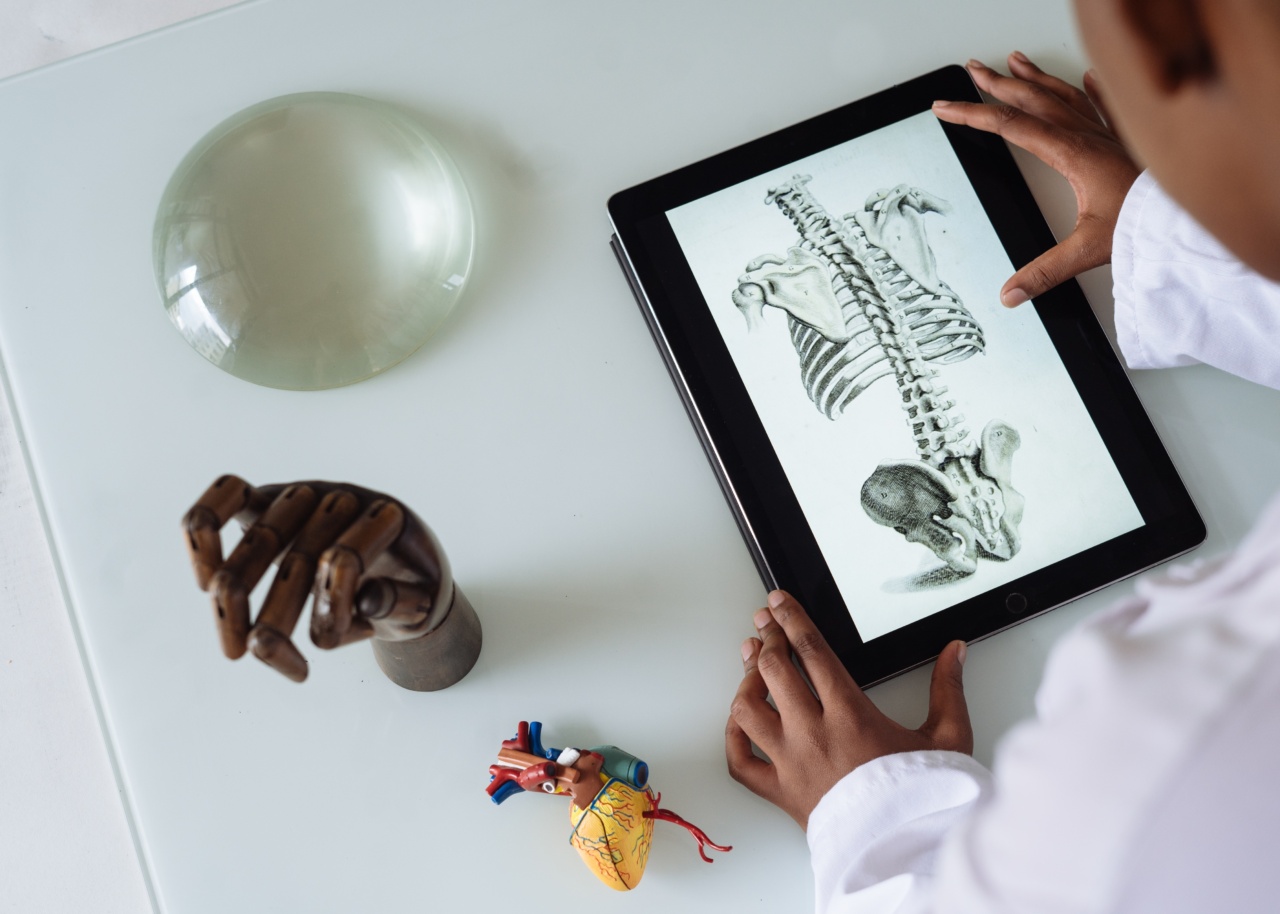Advancements in technology have opened up a new way to treat diseases and injuries by producing human cells, tissues, and organs in the laboratory.
Many scientists have been exploring ways to produce these cells and tissues artificially to avoid the limitations of conventional therapy.
What is Tissue Engineering?
Tissue engineering is a novel field of biomedical technology that combines the principles of biology and engineering to regenerate and repair damaged tissues and organs in the human body.
Researchers in this field aim to develop methods of creating human cells, tissues, and organs in the laboratory that can function like their natural counterparts in the body.
The Importance of Manufacturing Human Tissues and Cells
The development of diseases and injuries can damage human cells and tissues, leading to a loss of function or impairment of the affected organs.
Traditional avenues such as medication or surgery might be able to alleviate symptoms or restore function partially, but they are not always the most effective or efficient method. Regenerative medicine has emerged as a promising area in the treatment of many diseases and injuries.
Current Status of Manufacturing Human Tissues and Cells
Scientists have been researching various ways of creating human tissues and cells artificially in the laboratory. Currently, they can grow cells indefinitely in the laboratory to produce tissues.
The most common techniques of tissue fabrication include biomaterials, stem cell therapy, and cell printing.
Biomaterials
Biomaterials involve developing a scaffold made of synthetic materials that replicate the natural extracellular matrix (ECM), a network of proteins and sugars that support the growth of cells.
Researchers seed the scaffold with cells that grow and create new tissue as they reproduce. Sectioning and stacking multiple layers of these scaffolds can produce complex three-dimensional tissues.
Stem Cell Therapy
Stem cells are undifferentiated cells that can transform into any cell type in the body. Researchers can acquire stem cells from a patient’s own body or from another source.
When these cells are stimulated with the appropriate growth factors, they will grow into the required cell or tissue type.
Cell Printing
Cell printing is a 3D printing technique that helps to deliver cells to a specific location within the scaffold. 3D printing can create accurate models of any shape or size from various types of biomaterials, plastic, and metals.
This can help in creating the needed scaffolds that can provide an environment that fosters the growth of cells and organs.
Challenges of Manufacturing Human Tissues and Cells
While manufacturing human cells and tissues in the laboratory has shown promising results, several challenges still need to be addressed. One of these is the issue of cost.
Creating artificial tissues and organs is costly, and the final product may not be as cost-effective as current treatments. Another major challenge in producing functional organs is the lack of research on graft-host interactions. Additionally, further research is required to optimize the culture techniques for tissue manufacturing and ensure product safety.
Future Potential of Manufacturing Human Tissues and Cells
The development of machines that can produce human tissues and organs in the laboratory is a significant breakthrough for regenerative medicine.
This technology could potentially solve the scarcity of organ donation, allowing scientists to produce organs that are a perfect match for the recipient’s body, significantly reducing risks with rejection. Additionally, it can be used for drug discovery and testing. In drug testing, researchers can use artificial tissues and organs to determine the effectiveness of certain drugs and reduce the need for animal testing.
Ethical Considerations
The creation of human tissues and cells raises questions about ethics and regulation. The use of embryonic stem cells in research and the creation of human embryos is a controversial issue that has led to much debate.
The use of embryonic stem cells is highly regulated, and scientists must follow strict guidelines when researching in this area.
Conclusion
The production of human tissues and cells in the laboratory has the potential to revolutionize the medical industry.
Regenerative medicine could help to rehabilitate injured and diseased tissues, leading to a more efficient and effective treatment for patients. However, it is important that research continues to ensure safety and efficacy of the technology, and regulators continue to review ethical considerations to ensure that the treatment does not compromise morals.





























